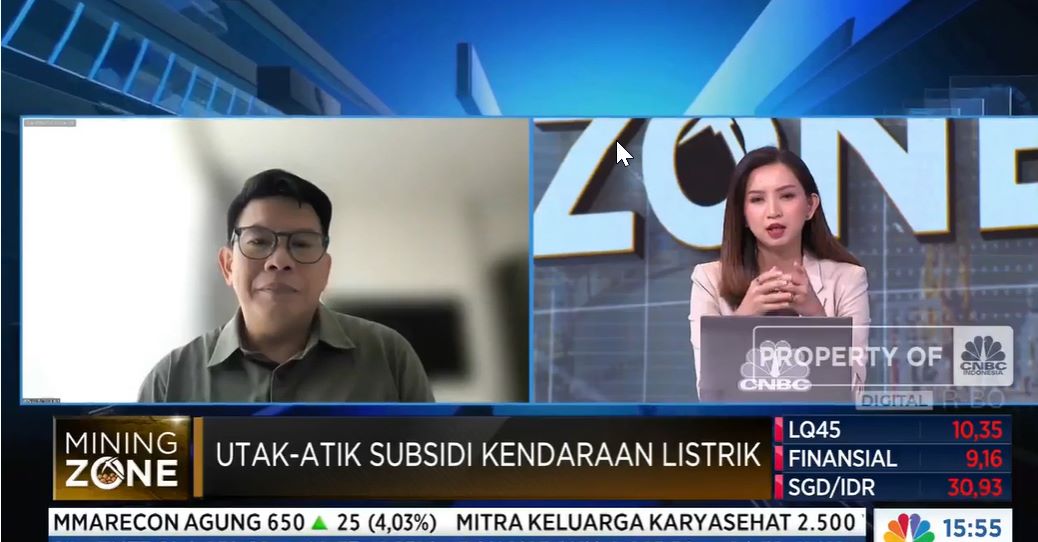Jakarta, May 11, 2023 - Executive Director of the Institute for Essential Services Reform (IESR), Fabby Tumiwa, stated the Government of Indonesia provided electric vehicle incentives as one of the strategies to open or develop the electric vehicle industry itself. However, Fabby stressed that there are better solutions than incentivizing electric vehicles to overcome the…


